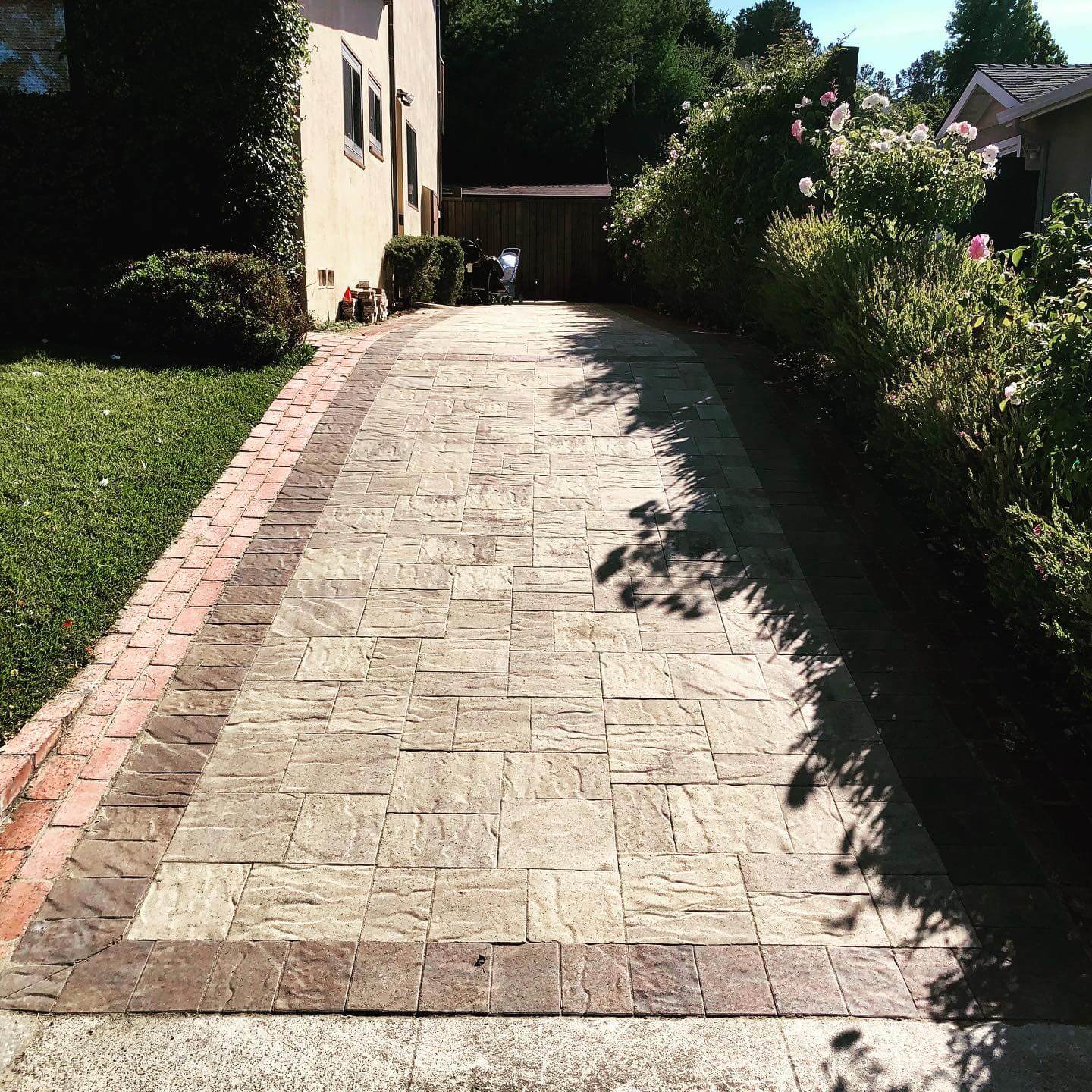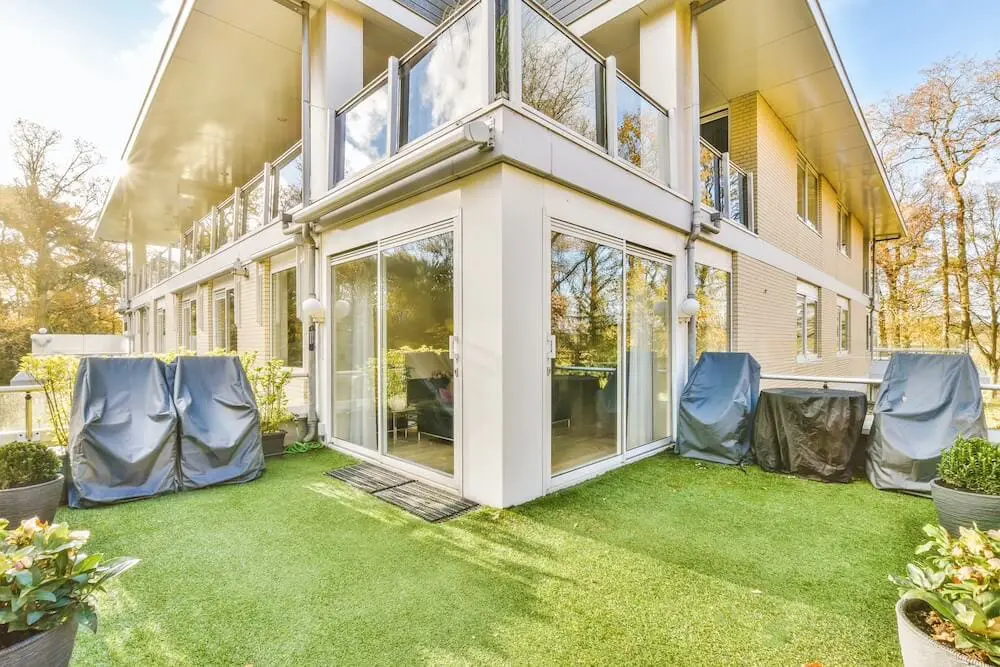
Tips For Managing Heat Stress In Your Summer Garden
Hot, dry summers in Sonoma can quickly turn a beautiful garden into a stressed-out patch of worn-out plants. When the sun starts working overtime, your plants feel it just like we do. The combination of ongoing heat, low rainfall, and occasional wind can put real pressure on even the healthiest garden. Without proper care, plant growth can slow, leaves can dry up, and flowers fail to bloom. Knowing how to manage heat stress early makes a big difference when trying to keep your garden growing and looking good throughout the season.
It’s not just about using more water. How, when, and where you water matters a lot. Shade, soil quality, and even small layout changes can help protect your plants and keep your garden cooler. The way your hardscape design works with the living parts of your outdoor space can completely change the results. Whether you’re tending a compact raised bed or managing a wide backyard in Sonoma, staying ahead of high heat spells is easier when you know what signs to watch for and what steps to take.
Understand Heat Stress in Plants
Plants react to heat in all kinds of ways. Some slow down and go into a kind of pause, while others try to power through by pulling more water from the soil. When they can’t get enough, things go downhill fast. Heat stress happens when plants can’t release heat or take in enough moisture to deal with the temperature. This is very common during July and August in Sonoma, when most days are hot and dry.
You can often catch early signs of heat stress if you know where to look:
- Leaves start to droop even when soil feels moist
- Edges of leaves turn brown, almost like sunburn
- Flower buds fall off before they fully open
- Growth slows down or stalls completely
- Soil dries out quickly between watering, even within hours
Noticing these signs in time helps avoid lasting damage. Mature plants usually bounce back when things cool down a bit. Younger plants and new transplants are more sensitive and can decline quickly without the extra attention they need.
Think about where plants are located, too. If they sit right next to heat-holding surfaces like stone walkways, concrete, or gravel, the soil around them can get much hotter than garden beds placed further away. Adjusting placement or adding a little extra cover can be enough to ease temperatures in those spots.
Efficient Watering Techniques
Water is one of your strongest tools to help plants push through tough conditions, but getting the timing and method right is just as important as the amount. Summer watering works best early in the morning or later in the evening, when the sun isn’t blasting. Midday watering often doesn’t reach deep enough because water evaporates too fast.
Try these habits to stretch your water use and keep your plants healthier:
1. Water deeply but less often
Skip the shallow, daily watering. Instead, soak the soil every few days. Deep water encourages roots to grow deeper, making them more heat-resistant.
2. Try drip irrigation
Drip lines send water right to the base of each plant. This keeps leaves dry and gets water right to the root zone.
3. Group plants by water needs
Placing plants with similar water needs together helps everything get just the right amount. It prevents overwatering drought-hardy plants or underwatering thirstier ones.
4. Watch raised beds and containers
Soil in containers and raised beds dries out faster than in-ground beds. Check them more often, even if the rest of your garden is holding up.
5. Water at soil level
Avoid spraying leaves, especially in bright sun. Wet leaves can burn and don’t help the roots at all. Use a watering wand or hose placed low to the ground.
Water can be limited in Sonoma throughout summer. Many areas face local restrictions, which make smart watering even more useful. Sticking to a well-timed routine lets your plants use every drop more efficiently.
Mulching and Soil Management
Soil is constantly working behind the scenes, holding water, protecting roots, and insulating against heat. If the top layer dries out, cracks, or gets too hot, roots struggle to stay hydrated and cool. That’s where mulch steps in. A solid 2 to 3 inch layer of mulch helps seal in moisture and softens the blow of direct sun.
Here’s how it helps, and how to make the most of it:
- Choose organic mulches like straw, bark chips, or compost
- Spread evenly but leave a space around stems and trunks to avoid rot
- Freshen the mulch mid-summer if it breaks down or gets patchy
- Add compost to improve soil’s moisture-holding ability
- Avoid stepping on the soil near plant roots to keep it loose and absorbent
It doesn’t take much to see real change. One Sonoma homeowner asked why their garden dried out so fast, even with regular watering. After adding organic mulch and light compost, the beds held moisture longer and weeds were far less of a problem. Within a week, their plants perked up noticeably.
Boosting soil quality underneath the surface is an often-missed part of heat stress prevention. Water alone isn’t enough if the soil can’t hold onto it.
Provide Shade Using Hardscape Elements
Midday sun in Sonoma can get intense quickly. Creating shade is one of the biggest helps for your plants and your comfort. You can always throw up a temporary umbrella, but building real shade into your space does more long-term good and blends better into your design.
Structures like pergolas, screens, trellises, or shade sails can all work to reduce the amount of direct sunlight your garden gets during peak hours. Placing these features with some strategy behind them helps shield plants while still letting airflow and filtered light in.
Here are some ways hardscape design in Sonoma can ease heat stress:
- Set up a trellis with climbing plants to screen garden beds from afternoon rays
- Build a simple arbor or pergola over veggie beds to offer relief without blocking all the sun
- Use solid planters planted with tall shrubs to cast shade on neighboring beds
- Place slatted fences or wooden screens on the western edge of your patio to cut down late-day heat
Hardscaping with shade in mind doesn’t mean turning your yard into a shadow zone. It’s about balance. A well-placed structure can cool things down just enough during the hottest part of the day. Even stone and patio surfaces that tend to warm up quickly can be offset with nearby shade-producing features.
These permanent elements do more than protect gardens — they make your space more usable, too. Sitting under a pergola watching your garden thrive while the sun beats down a few feet away can be one of the best parts of a summer evening.
Choosing Heat-Tolerant Plants for Sonoma Conditions
Beating heat stress starts even before planting. Picking the right plants for Sonoma’s climate makes every other piece of care easier. Some plants are just built for heat — with deep roots, thick leaves, or low water needs.
Native plants and those from similar dry Mediterranean climates tend to perform best here. They’re usually able to survive stretches without rain and handle long hours of bright sun.
Good picks for heat-tolerant growing include:
- Lavender: Handles dry soil, brings in bees, and smells fantastic
- Salvia: Loved by pollinators and great for border planting
- Yarrow: Offers soft foliage and tough blooms that don’t wilt easily
- Coneflower (Echinacea): Thrives in full sun and stays upright in heat
- Rockrose: Evergreen structure plus hardy performance during dry periods
When planting, group heat-tolerant varieties together and avoid placing thirsty plants nearby. This helps your watering schedule stay consistent and cuts down on waste or confusion.
One homeowner in Sonoma shared that their rosemary kept going limp even though they watered regularly. Turned out it was right beside a patch of daisies that needed far more water. Splitting them up and replacing the daisies with native flowers made the difference. Heat-ready plants tend to thrive with less fuss and hold their shape longer, even in rough conditions.
Keeping Your Garden Strong When the Heat Rolls In
Getting through summer heat in Sonoma takes a little planning, a bit of hardscape strategy, and an eye on plant health. But it’s worth it. Plants stay happier, your landscape stays fuller, and your space feels like it was meant to be lived in — even in July and August.
Strong watering habits, smart use of mulch, helpful shade, and the right plants for the conditions all work together to beat heat stress. You don’t have to redo everything or keep shifting things around. With a few permanent features and ongoing care, your garden can shine even when other yards struggle.
It’s smart to walk your space regularly during hot weeks. Catching changes in plant posture, soil dryness, or sun exposure can help you tweak little things that prevent larger problems later. Staying a step ahead keeps your landscape looking fresh and feeling comfortable, no matter what the temperature reads.
To truly make the most of your outdoor space, incorporating features that suit the climate is key. One effective way to enhance both function and comfort is through thoughtful hardscape design in Sonoma, which can transform your garden into a pleasant retreat throughout the year. Keystone Yards is dedicated to creating environments where natural beauty and functional design come together effortlessly. Whether you’re dealing with blistering summer heat or looking to improve your garden’s aesthetic, understanding how to integrate these elements can make all the difference.





